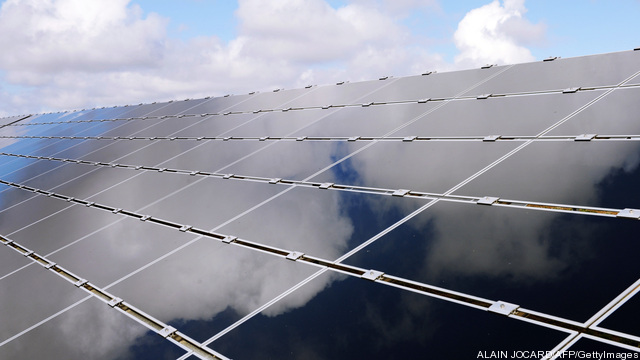
Several members of our team spent last month at the Solar Power International (“SPI”) conference. Putting aside the usual excitement about falling panel prices and overall capacity increases, the two phrases heard most – and usually together – were: “North Carolina” and “Tax Equity.”
Solar in North Carolina Keep reading →








